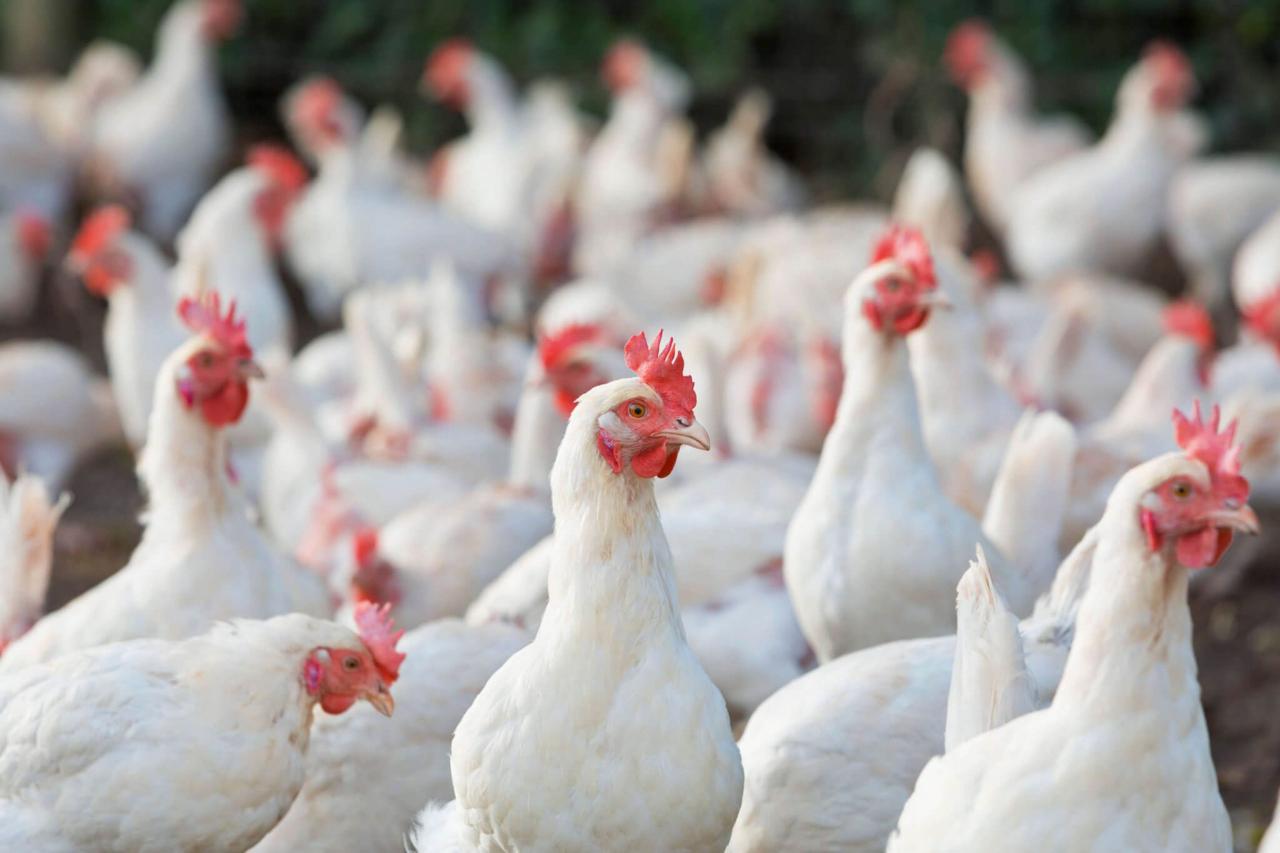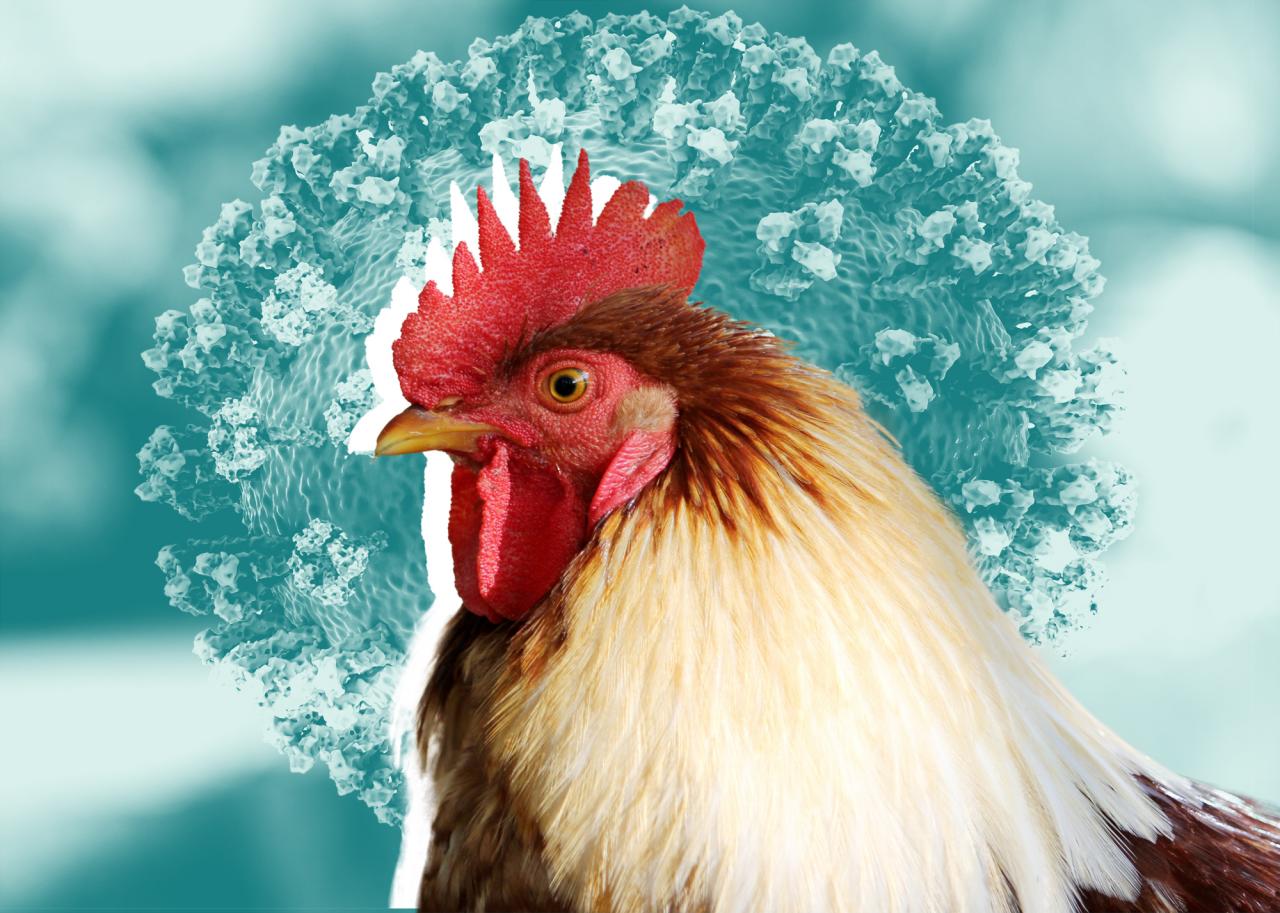
Bird flu milk, a term used to describe milk derived from poultry infected with avian influenza virus, has emerged as a significant concern for the poultry industry and public health authorities worldwide.
This article delves into the complex interplay between bird flu and milk production, exploring the transmission routes, preventive measures, impact on milk quality and safety, economic implications, public health concerns, and ongoing research efforts in this field.
Bird Flu Milk: An Overview

Bird flu milk, also known as avian influenza virus (AIV)-contaminated milk, refers to the presence of the AIV in milk produced by infected poultry. The emergence of bird flu has raised concerns about its potential impact on the poultry industry and milk safety.
Globally, bird flu outbreaks have caused significant disruptions to poultry production, leading to economic losses and market disruptions. The virus can also pose a risk to human health if contaminated milk is consumed.
Transmission and Prevention
Bird flu virus can be transmitted through direct contact with infected poultry or their secretions. In poultry, the virus primarily affects the respiratory and digestive systems, leading to symptoms such as coughing, sneezing, and diarrhea.
To prevent bird flu outbreaks, biosecurity measures are crucial. These include isolating infected birds, implementing strict hygiene practices, and vaccinating poultry. Surveillance and early detection are also essential for controlling the spread of the virus.
Impact on Milk Quality and Safety
Bird flu infection in poultry can affect milk quality and safety. Infected animals may shed the virus in their milk, which can pose a potential risk to consumers if consumed raw or undercooked.
Milk pasteurization, a process of heating milk to a specific temperature, is effective in killing the bird flu virus. However, it is crucial to ensure proper handling and storage of milk to maintain its safety.
Economic Implications
Bird flu outbreaks can have significant economic implications for the dairy industry. Disease control measures, production losses, and market disruptions can result in substantial financial losses.
Outbreaks can also affect milk prices and consumer demand, impacting the profitability of dairy farmers and the availability of milk products.
Public Health Concerns, Bird flu milk
Consuming contaminated milk poses potential health risks to humans. Bird flu virus can cause respiratory illness in humans, ranging from mild to severe symptoms.
Public health surveillance and response measures are essential for monitoring and controlling bird flu outbreaks. Education and awareness campaigns play a vital role in promoting food safety and reducing the risk of human infection.
Research and Future Directions
Ongoing research efforts aim to understand bird flu transmission and control in poultry. Advancements in diagnostic techniques, vaccines, and biosecurity measures are being explored.
Future research will focus on developing effective strategies for preventing and mitigating bird flu outbreaks, ensuring the safety of the poultry industry and milk supply.
Conclusion: Bird Flu Milk

Understanding bird flu milk and its implications is crucial for safeguarding the poultry industry, ensuring milk safety, and protecting public health. Continued research and collaboration are essential to mitigate the risks associated with this emerging issue.






